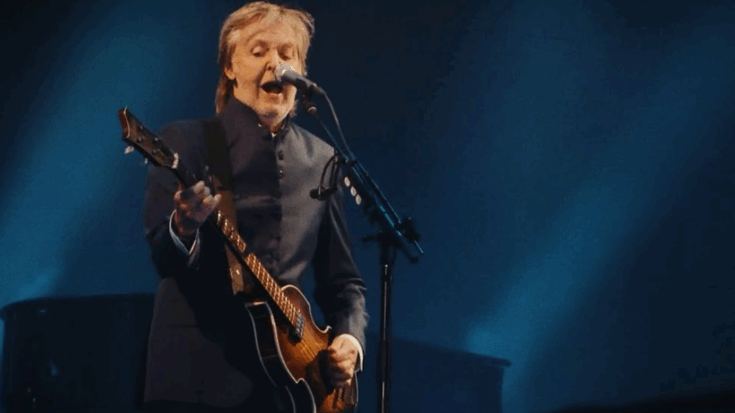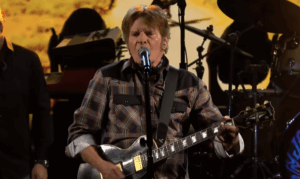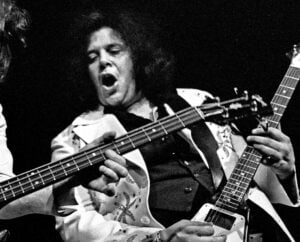Paul McCartney: ‘In so many ways I was dead’ — reflecting on the 1969 rumor

via PAUL McCARTNEY / YouTube
In 1969, an eerie rumor that had been quietly circulating for years suddenly exploded across American media: Paul McCartney was dead — and a lookalike had taken his place. The so-called “evidence” came from obsessive fans poring over Beatles lyrics and album covers, convinced they’d uncovered cryptic clues to a tragic secret.
Of course, the story was pure fantasy. McCartney, his bandmates, and their press officer Derek Taylor denied it repeatedly. Still, the conspiracy refused to fade, spreading through college campuses and underground radio shows until it reached a fever pitch. Even McCartney himself, tucked away from public life, couldn’t escape the noise.
“Linda, How Can I Possibly Be Dead?”
Decades later, McCartney looked back on the bizarre episode in an interview with The Guardian, describing how surreal it all felt at the time.
“At one point, I turned to my new wife and asked, ‘Linda, how can I possibly be dead?’” He recalled. “She smiled as she held our new baby, Mary, as aware of the power of gossip and the absurdity of these ridiculous newspaper headlines as I was. But she did point out that we had beaten a hasty retreat from London to our remote farm up in Scotland, precisely to get away from the kind of malevolent talk that was bringing the Beatles down.”
While the “Paul is dead” theory was peaking, McCartney was facing a very real crisis — the unraveling of the Beatles themselves. Legal battles, creative disagreements, and personal tensions were pulling the group apart. Looking back now, McCartney admits that, in a symbolic sense, there might have been some truth to the idea of a “death.”
The Rebirth of Paul McCartney
“But now that over a half century has passed since those truly crazy times, I’m beginning to think that the rumors were more accurate than one might have thought at the time,” he said. “In so many ways, I was dead. … A 27-year-old about-to-become-ex-Beatle, drowning in a sea of legal and personal rows that were sapping my energy, in need of a complete life makeover. Would I ever be able to move on from what had been an amazing decade, I thought. Would I be able to surmount the crises that seemed to be exploding daily?”
That “life makeover” came in the form of simplicity. McCartney threw himself into family life and the physical labor of running his Scottish farm — gardening, building furniture, and shearing sheep. The work became a form of therapy.
“I took great satisfaction in learning how to do all these things, in doing a good job, in being self-dependent,” he said. “When I think back on it, the isolation was just what we needed. Despite the harsh conditions, the Scottish setting gave me the time to create. It was becoming clear to our inner circle that something exciting was happening. The old Paul was no longer the new Paul. For the first time in years, I felt free, suddenly leading and directing my own life.”
The rumor of McCartney’s “death” may have been absurd, but in hindsight, it marked the symbolic end of one chapter — and the rebirth of another.













